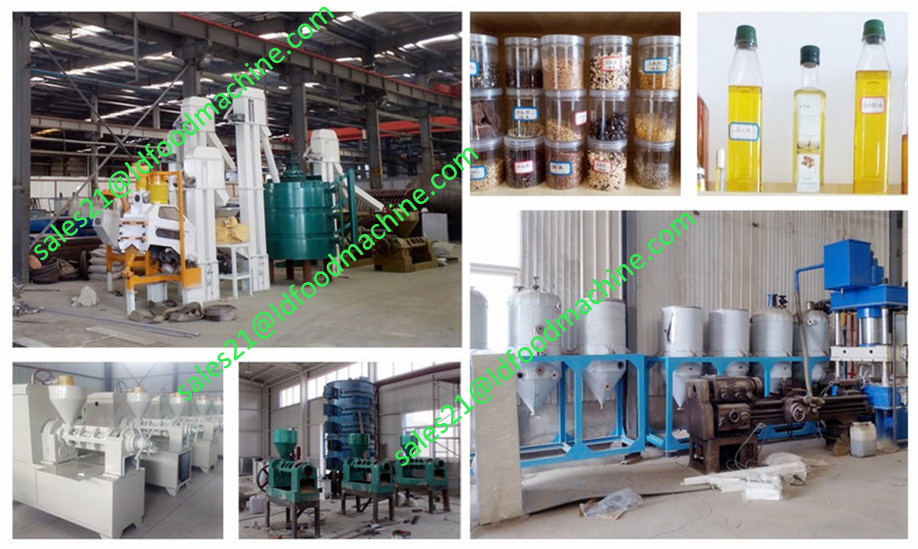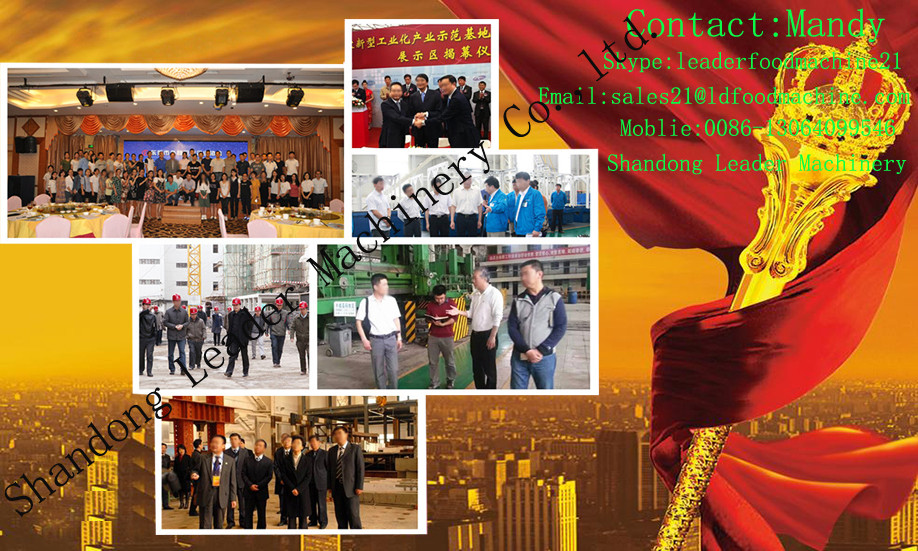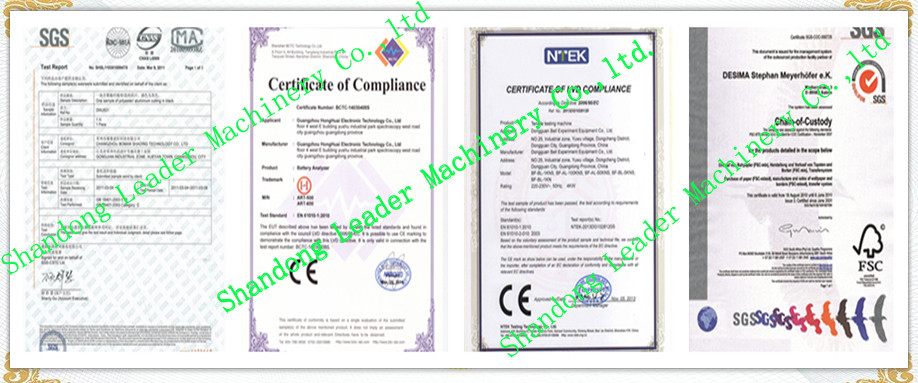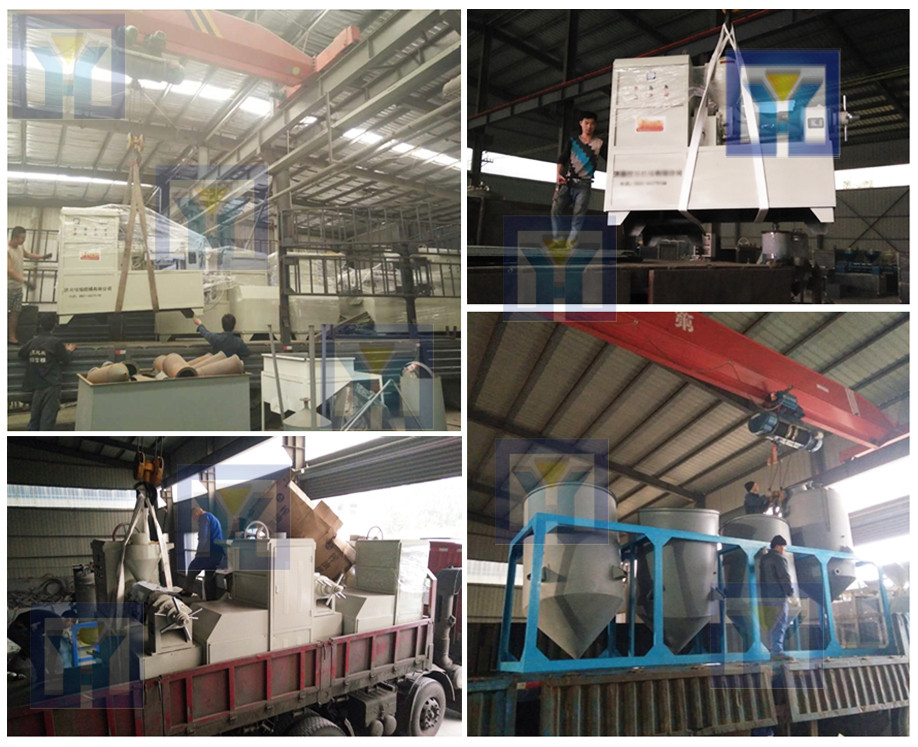Shandong Leader Machinery Co.,ltd. Provide all kinds of oil machine Corn Oil Processing Corn Germ Oil Making Machine : mini oil plant, oil extraction mill, oil refinery machine, small oil factionry mills, large oil processing line, etc.Single oil machine and turnkey oil processing project Corn Germ Oil Pressing Machine for Corn Oil Mill are both available.Oil plants Corn Germ Oil Pressing Machine for Corn Oil Mill include: coconut oil machine, palm oil mill, sesame oil plant, soya bean oil machine,rice bran oil extraction machine , peanut groundnut oil plant, rapeseed oil machine, corn germ oil machine and other vegetable oil plant.Custom design for household oil machine Corn Germ Oil Pressing Machine for Corn Oil Mill and oil factory turnkey project with installing and adjusting.Corn Germ Oil Pressing Machine for Corn Oil Mill Stainless steel material been used to meet the food hygiene standard. Corn Oil Processing Corn Germ Oil Making Machine Cold lower temperature keep in pressing technology.Shandong Leader Machinery Co.,ltd. Warranty for 1 year free after-sales service, include replace parts.Corn Oil Processing Corn Germ Oil Making Machine High quality parts, stable oil pressing effect, saving maintenance cost.Shandong Leader Machinery Co.,ltd. Military industrial manufacturing, quality chrome materials, quality trustworthy.
Henan LD Manufacture Corn Oil Processing Corn Germ Oil Making Machine
Processing Capacity: 10TPD-1000TPD
1. Corn Oil Making --Corn Germ Processing Machine
1.1 THE CORN WET MILLING PROCESS

Shelled corn enters the system through cleaning machines,which remove foreign material. Cleaned corn then goes to a
steep tank holding up to 25,000 bushels, where it soaks in circulating water, maintained at 125 and slightly acidified with 0.1 to 0.2 percent of sulfur dioxide. Steeping the corn for 24 to 48 hours softens the kernel, loosens the hull and germ and swells the endosperm. Steeping takes place in a series of tanks, which are operated in a continuous batch process.
The water circulates counter currently through the tanks, so when it is finally with drawn from the newest batch,
ithas a relatively high concentration of soluble. The steeping process facilitates separation of the components of the kerneland loosens the gluten bonds to release the starch. Discharged steep water, rich in protein at 35 to 45 percent of total solids, is concentrated in vacuum evaporators to a solids content of 35 to 55 percent. Steep water concentrate is utilized in feed products or in industrial fermentation media.
Softened corn from the steep tanks is coarsely ground with water in an attrition mill to free the hull, the germ and a large portion of the floury endosperm starch and gluten. The slurry of coarsely ground corn is forced under pressure into hydro cyclone, which centrifugally separate the lighter corn germ, which is then carried off to washing screens. Washed germ is conveyed to a dryer and from there to oil recovery facilities. Washings from the germ are piped to the starch centrifuges. Heavy fractions from the coarse grinding mills and germ separators are passed through fine grinding mills and washing screens
for fiber separation. Finally, the slurry is sent to centrifuges for separation of gluten (light phase) from starch (heavy phase).
The gluten fraction passes to a centrifugal concentrator and is filtered and dried. The starch stream goes to washing cyclones fed with fresh water; overflow, containing residual gluten from the ¡°mill starch, is recycled to the starch centrifuge; underflow from the washing cyclones, a suspension of starch containing only about 0.3 percent protein, is passed through a
concentrator and dryer, from which the finished starch product emerges.
2.Corn Oil Making --- Corn Germ Oil Pressing and Refining Process


natural antioxidants it contains, undergoes little deterioration when stored for long periods, provided the temperature is kept well below 40 degree and moisture plus volatile matter level is below 0.4 percent. Since virtually all refined corn oil is utilized in foods, the need to attain a quality suited to such use guides the refining process. Steps include degum- alkali treatment to neutralize free fatty acids, bleaching for color and trace element removal, winterization (the removal of high melting waxes)and deodorization (steam use 3 is a flow chart of the enters the process via preliminary filtration.
2.1 Corn Oil Making -----Corn Germ Oil Refining Process
Degumming removes phosphatides and other materials that may be precipitated or dissolved from the crude oil by hot water. This step is usually omitted in refineries that process only corn oil, but is used in refineries that are set up to refine soybean oil as well as corn oil. Degumming is accomplished by introducing hot water at a level of 1 to 3 percent of oil volume, or by injecting an equivalent amount of steam to hydrate the phosphatides. The phosphatides, together with certain other materials, absorb water and precipitate from the oil as a heavier phase, which is removed by centrifugation.

When degumming is omitted, the refiner depends on an alkali refining step, which uses roughly the same temperature as a degumming operation, to take out the phosphatides along with the free fatty acids (in the form of soapstock) and to reduce color. Phospholipids, corn lecithin, can be recovered from both degumming and alkali refining residues.
In the alkali refining step, free fatty acids are neutralized by treatment at 82- 100 degree with a small amount of concentrated sodium hydroxide solution. Alkali refining reduces color and also removes other nontriglyceride substances, which are separated along with the neutralized free fatty acids and hydrated phosphatides, by centrifugation. The alkali treated oil is usually washed with a small quantity of hot water to remove residual soap formed by the alkali treatment. The separated residues from alkali treatment are sold as soapstock or acidulated soapstock, which contains about 95 percent free fatty acids.
Bleaching The oil is then decolorized by treatment with acidactivated clays that bleach by adsorbing color bodies, residual soaps and metal complexes from the oil. In plants producing partially hydrogenated oil along with regular corn oil, bleached oil coming from the filter is piped to the hydrogenation vessel. When that process is completed, the partially hydrogenated oil is passed through a filter to remove catalyst particles and other extraneous material. Further bleaching, deodorization and filtration yield a clear, pale yellow oil.

Refining of the unmodified oil continues with winterization. Waxes, present in the oil in small amounts characteristically have high melting points and are readily crystallized by chilling in refrigerated vessels. They are then removed by filtration. This produces a haze-free finished oil when refrigerated.
Finally, deodorization is accomplished by a continuous steam distillation under high vacuum at high temperature 232-260 degree Oil is fed into the top of the distillation tower, while a jet of steam entering at the base carries the volatile odorants with it as it passes upwards and exits near the top. Condensed exhaust steam contains odor, color, flavor components and the remaining traces of free fatty acids. The deodorized oil is drawn off at the bottom of the tower, then dried and passed through a polish filter to become the final product, refined corn oil.

3. Corn Germ Making -----Final Corn Oil Package

4 Company Indroduction


If you want to know more information, please click below send E-mail to us E-mail: sales09(at)oilmachineworld.com Skype: LD-sales09 Mobile: 0086-18203651296 ( viber & whatsapp)
There are certain factors exist in the crude oil, such as free fatty acid, water, suspended impurities, volatile matter, odors and etc. The oil refinery Corn Oil Processing Corn Germ Oil Making Machine adopts the advanced technology to separate the impurities from oil, and then get the edible oil. The main function of this type oil refinery Corn Germ Oil Pressing Machine for Corn Oil Mill is to produce the high quality refined oil.Shandong Leader Machinery Co.,ltd. Hydration degumming is the use of phospholipids and other insoluble impurities hydrophilic gum, a predetermined amount of hot water or dilute alkali, salt, and phosphoric acid electrolyte aqueous solution Corn Oil Processing Corn Germ Oil Making Machine are added under stirring in the hot crude oil, so that one of the water absorption gel aggregated insoluble impurities , then separated. This process of Corn Oil Processing Corn Germ Oil Making Machine uses the warm water of hydration process type, a small oil refinery in warm water commonly used method. Further, by adding a certain amount of hydrated phosphoric acid, Corn Germ Oil Pressing Machine for Corn Oil Mill after the reaction, the oil in the nonhydratable phosphatide, converted to hydratable phosphatide. Such
phospholipid content is greatly reduced, can achieve better results unglued.
If you have any demand about microwave drying equipment and edible oil refining equipment, pls feel free contact us any time.
Email:[email protected]
Whatsapp:+86 13064099546
Skype:leaderfoodmachine21
Contact:Mandy
NOTE:We can specially design the machine according to your production's features.